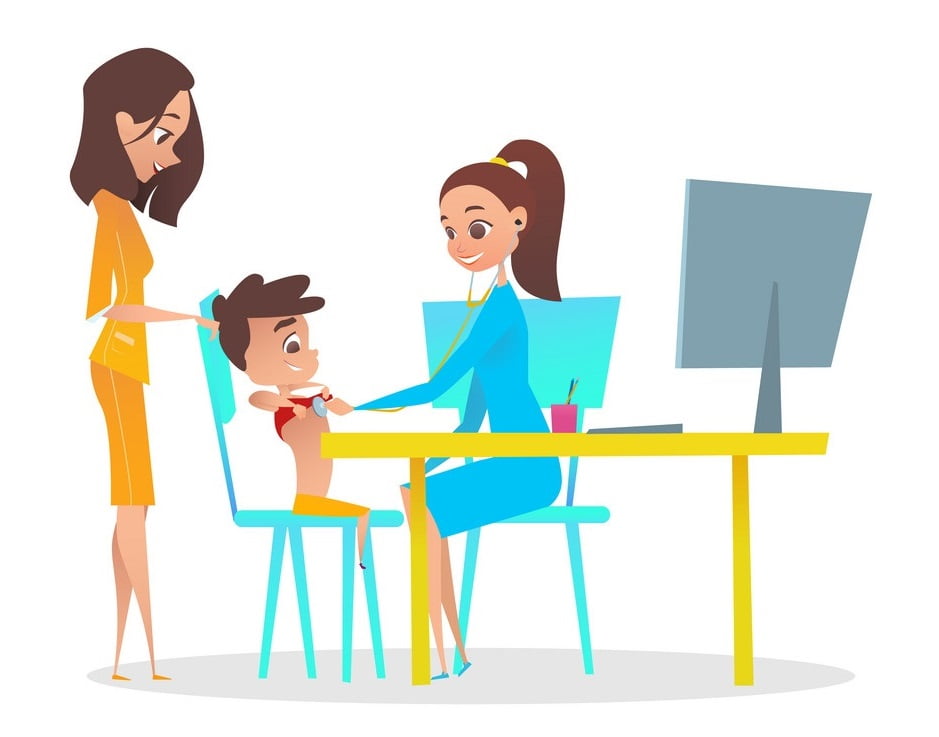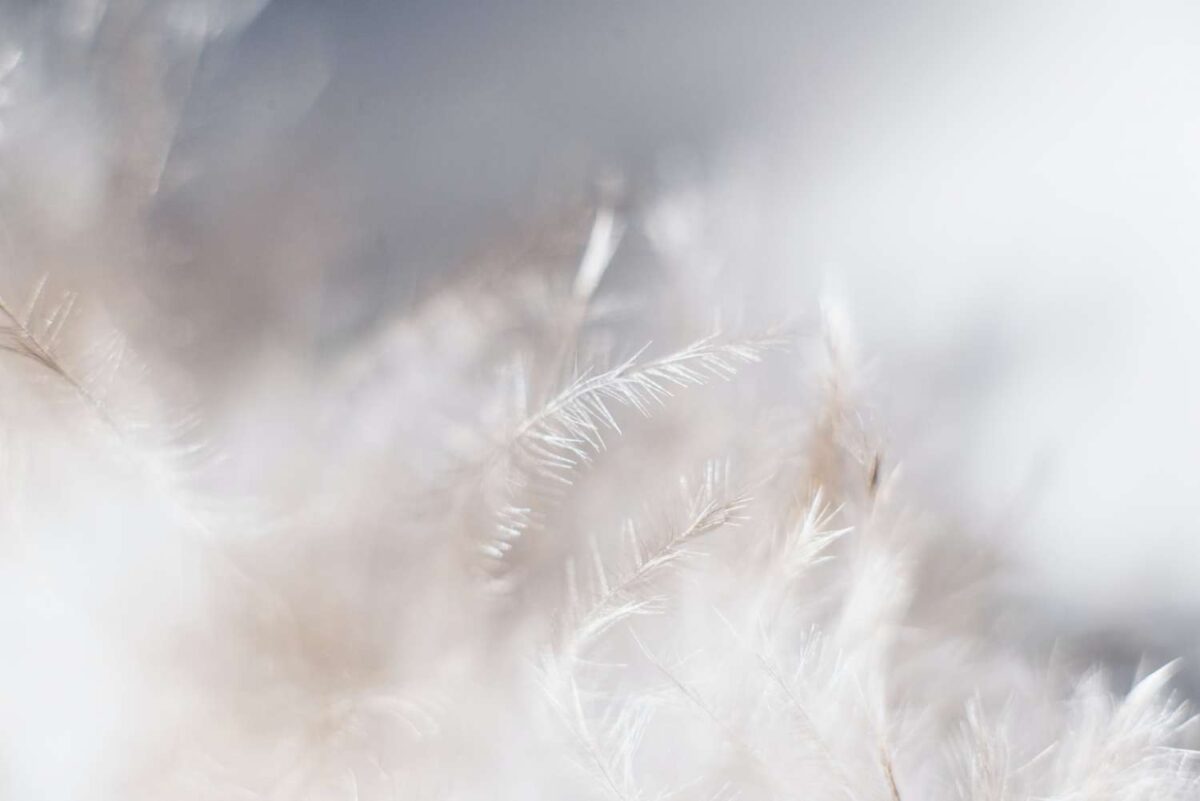Services
Cupping Therapy
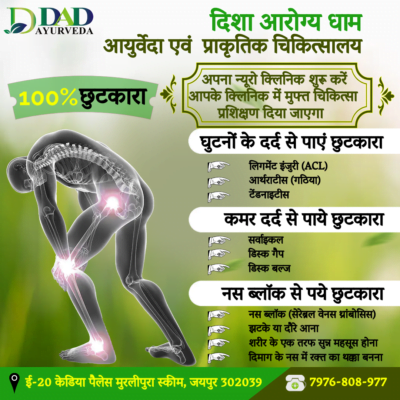
Nowadays cupping therapy is an established therapeutic modality in Indian medicine as well as worldwide. Despite this, the standard operative procedure for cupping therapy has not yet been developed. Procedures, application points, safety concerns, historical perspective, surgical operative standards, as well as potential indications for cupping therapy, are described in light of traditional medical practice as well as science. Cupping can be either wet or dry. Dry cupping is simply applying suction cups to the skin. Weight cupping or scarification and cupping is a form of bleeding that involves first making an incision on the skin, then applying a suction cup to suck small amounts of blood.
Traditionally, cupping therapy has been practiced in one form or another in most cultures. Cupping therapy and hijama mean reduction in size, bringing the body back to its natural state. (400 BCE), the practice of al-Hijama has been part of Middle-Eastern cultural practice for thousands of years. In the Western world, the ancient Egyptians were the first to adopt cupping therapy, and Egypt refers to the oldest recorded medical textbook, Embers Papyrus, written in about 1550 BCE.
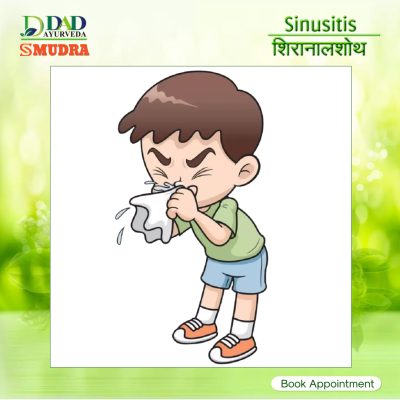 Cupping therapy is used in the history of the oldest cultures and civilizations of the past, revealing widespread use by ancient Egyptian, Chinese, and Middle Eastern cultures. In the West, cupping therapy was part of the basic repertoire of early clinical skills that doctors would hope to understand and practice by the late 21st century. In some parts of Western Europe, there has been a recent increase in interest from both public and educational perspectives. Scientific studies have begun to research the effects of cupping therapy in an attempt to better understand the mechanisms underlying this fascinating medical treatment that has truly stood the test of time.
Cupping therapy is used in the history of the oldest cultures and civilizations of the past, revealing widespread use by ancient Egyptian, Chinese, and Middle Eastern cultures. In the West, cupping therapy was part of the basic repertoire of early clinical skills that doctors would hope to understand and practice by the late 21st century. In some parts of Western Europe, there has been a recent increase in interest from both public and educational perspectives. Scientific studies have begun to research the effects of cupping therapy in an attempt to better understand the mechanisms underlying this fascinating medical treatment that has truly stood the test of time.
Nowadays, many therapists such as massage therapists, acupuncturists, physiotherapists, nurses, and therapists are using cupping to help them provide more effective methods for healing and recovery.
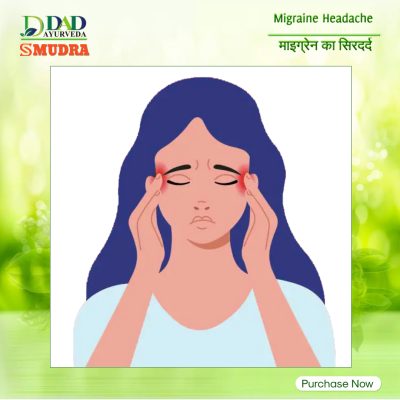 The main thrust of this study is to classify the therapy in light of science, along with the procedures, application points, safety concerns, historical perspective, and surgical operative standards described in the traditional system of medicine. This study will guide future researchers to stay better organized, help them differentiate and compare different types of cupping, and increase their knowledge of cupping therapy.
The main thrust of this study is to classify the therapy in light of science, along with the procedures, application points, safety concerns, historical perspective, and surgical operative standards described in the traditional system of medicine. This study will guide future researchers to stay better organized, help them differentiate and compare different types of cupping, and increase their knowledge of cupping therapy.
INTRODUCTION:
Cupping therapy is used in the history of the oldest cultures and civilizations of the past, revealing widespread use by ancient Egyptian, Chinese, and Middle Eastern cultures. cupping therapy was part of the basic repertoire of clinical skills that doctors would expect to understand and practice by the latter half of the 21st century. In some parts of Western Europe, there has been a recent increase in interest from both public and educational perspectives. Scientific studies have begun to research the effects of cupping therapy in an attempt to better understand the mechanisms underlying this fascinating medical treatment that has truly stood the test of time.
Nowadays, many therapists such as massage therapists, acupuncturists, physiotherapists, nurses, and therapists are using cupping to help them provide more effective methods for healing and recovery.
The main thrust of this study is to classify the therapy in light of science, along with the procedures, application points, safety concerns, historical perspective, and surgical operative standards described in the traditional system of medicine. This study will guide future researchers to stay better organized, help them differentiate and compare different types of cupping, and increase their knowledge of cupping therapy.
METHOD:
TRADITIONAL CUPPING THERAPY
Cupping therapy is used in the history of the oldest cultures and civilizations of the past, revealing widespread use by ancient Egyptian, Chinese, and Middle Eastern cultures. Cupping therapy was part of the basic repertoire of clinical skills that doctors would hope to understand and practice by the late 21st century. In some parts of Western Europe, there has been a recent increase in interest from both public and educational perspectives. Scientific studies have begun to research the effects of cupping therapy in an attempt to better understand the mechanisms underlying this fascinating medical treatment that has truly stood the test of time.
Nowadays, many therapists such as massage therapists, acupuncturists, physiotherapists, nurses, and therapists are using cupping to help them provide more effective methods for healing and recovery.
The main thrust of this study is to classify the therapy in light of science, along with the procedures, application points, safety concerns, historical perspective, and surgical operative standards described in the traditional system of medicine.
DISCLAIMER:
DEPENDING ON THE APPLICATION OF THE CUP, CUPPING THERAPY IS CLASSIFIED AND DESCRIBED.
Cupping Therapy Methods
There are 11 ways of cupping in total designed to Help the doctor choose the most appropriate
Cupping method for the patient. These ways
- Weak (light) cupping
- Medium cupping
- Strong cupping
- Moving to cup
- Light moving cupping
- Needle cupping
- Moxa (hot needle) cupping
- Empty (flash) cupping
- Full (bleeding/wet) cupping
- Herbal cupping
- Water plowing
- Weak (light) Cupping:
It is used when the blood and prana-vayu are sluggish or stagnant. The intention is to push forward at the same time weak energy increases.
KEY FACTORS IN DECIDING WHETHER TO APPLY WEAK CUPPING ENERGETIC STATE OF THE PRESENT PATIENT.
- Evaluation of the pulse and tongue should all point towards weakness.
- The cup should contain the amount of meat removed minimally and barely raised.
- This may be the way Can be applied almost anywhere on the body and can be Light red skin.
A gentle method of cupping and is especially suitable for debilitated adults, elderly patients, and young children, especially those under 7 years of age.
Medium cupping is the most commonly used method on patients. This method can be safely given to children Above 7 years of age.
With medium cupping, suction is pulling the skin well in a making cup with A little redness.
Medium cupping may be applied anywhere on the body.
Strong cupping
- It is one of the most commonly used drainage techniques.
- So before deciding on this method.
- The physician should ensure the suitability of the patient.
- More or complete emphasis should be placed on the diagnosis of pulse and tongue.
- This method can sometimes be skipped, the patient feels tired or drowsy.
- A strong vacuum is needed to provide a strong pull sensation to the skin inside the cup.
- Due to the strong nature of the stretching, the skin will quickly redden and soon turn purple inside the cup, and possible erythema in the surrounding skin.
- When using the strong cupping method for the first time, the scar is inevitable and may take 15-20 days to completely disappear.
- The cupping time should be shorter than during the first. 5-10 minutes.
- Sessions lasting more than 20 minutes after application.
- Strong cupping is often combined with wet cupping.
- The aim of this treatment is to move/move the cup by cupping over a very large area of the body.
light moving cupping
Light moving cupping is mainly performed on patients. With relatively full/excessive energy. It is useful and, apart from being exclusive of lymphatic drainage, is considered the only safe method of management.
Complaints of the cupping method in the management of cellulite. During application, light pink
Rubbing marks are normally visible on the skin following the direction and motion of the cup. But it should never be dark, dark red color cupping marks should be seen.
All traces of cupping should be removed in a day or two. The whole purpose of light cupping is to dilate without stagnation or stagnation of the patient. Sub-moving cupping requires special attention, especially when the surface of the skin is broken, Avoid scratches, cuts, scrapes, open wounds etc.
Rub on skin warts. Needle Cupping and Moxa (Hot Needle) Cupping
It is not often practiced in Tibet because it follows acupuncture treatment. the cup is placed on the pour
Acupuncture Needle Blank (Flash) Cupping Empty cupping is also known as flash cupping.
speed during application. In fact, this is the medium. Strong cupping is applied rapidly i.e. the cups remain inside. Very little space (<30 seconds). It is used to encourage and transfer blood and energy to vulnerable people and frauds. The duration is short enough to stimulate physics and not long enough to transfer blood to patients. 5-10 it. can be repeated between
Minute.
full (bleeding/wetting) cupping
This is the most preferred and popular method of physician. It is used in the treatment of sudden, increased blood pressure, high fever, blood stasis and boils. This method is often combined with stronger cupping. after initial
Strong cupping, cups are removed and minor superficial lacquers are made. The cup is placed back on site. Most of the blood in the cup will be semi-coagulated and therefore will still be quite liquid.
The physician is required to wear disposable surgical gloves on both hands before removing the cup. Remove the cup slowly. It is not recommended that patients bleed more than once a month and do not draw more than 100 ml of blood at any one time.
Herbal cupping
For this method, a few bamboo cups are required, relatively deep pans, water, metal clamps, prescriptions, fire and some form of treatment based on herbs. The cups are boiled in a pan with water and the prescribed herbs. The cup is held in the traditional way by using a patient (flame). The herbs are absorbed into the bamboo cups, which transfer its healing properties when the patient is inside. The cup can be left for 10-20 minutes. Water ploughing is one of the least used and popular cupping.
ways. This technique involves filling a glass or a third of a cup of bamboo with lukewarm water and a quick cupping process. Keep the cup near the patient with one hand, bring it closer. Cut off the point and insert the burning cotton. Tie the cups together, fasten and roll up the skin.
This method is called circulating energy and camphor solution is very beneficial for asthma in children. Usually, there is no scar left with this method. Pathological-wise Cupping Therapy Points
Discover more from DAD Ayurveda
Subscribe to get the latest posts sent to your email.




